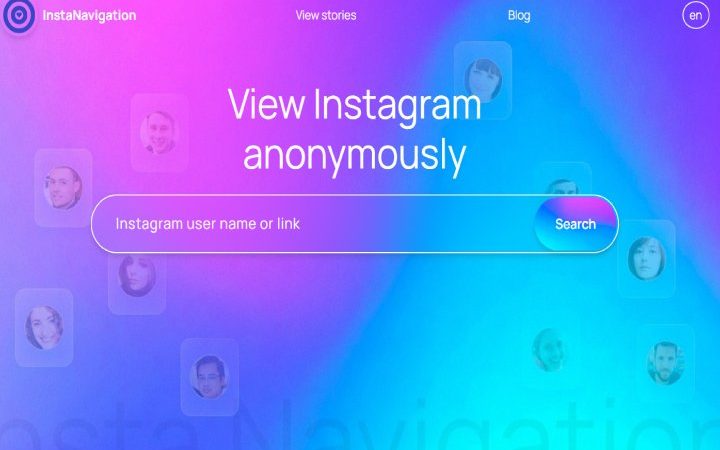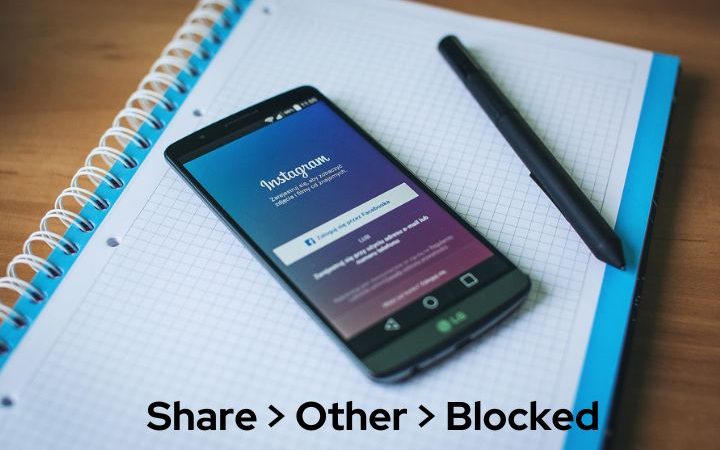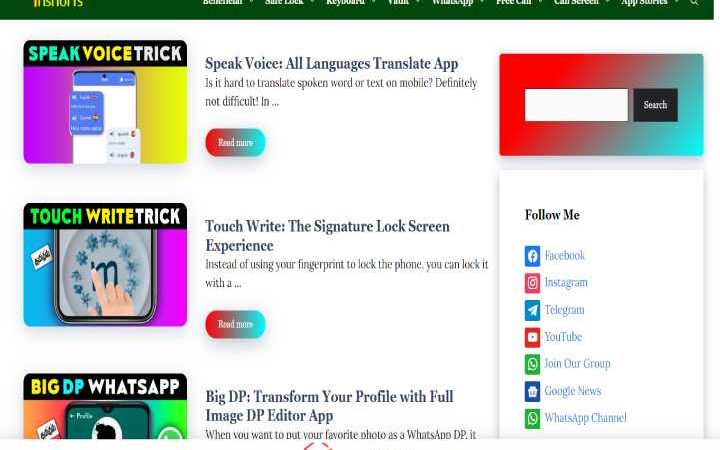Trends In Inbound Marketing For 2022

The philosophy of attracting customers instead of chasing them goes deep, but the ways to achieve it have to adapt to user habits. So that you don’t get left behind this year, we will see the inbound marketing trends for 2022.
Table of Contents
Ten Inbound Marketing Trends For 2022
Increased Investment In Inbound Marketing
As we have already mentioned in the introduction to this article, inbound marketing is positioned as one of the leading investment trends for 2022. More than 80% of marketers plan to maintain or increase the level of investment for these types of strategies. Therefore, the sector evolves towards practices that do not seek to chase the consumer but rather attract them with the content of interest.
Chatbots And Conversational Marketing
Chatbots are a potent tool for introducing inbound marketing strategies since they allow customers to resolve their doubts and quickly relieve the customer service burden. In addition, this tool is well accepted by users, with 55% stating that they like to get quick answers thanks to chatbots. According to Forrester, after the covid-19 pandemic, two-thirds of the leading financial companies in the market have implemented chatbots.
Personalized Feedback Surveys
Satisfaction surveys are nothing new, but thanks to intelligent forms, we can now give them a spin to personalize them based on the information we have from users. Thus, each user is shown different questions depending on their situation, and the previous answers are stored to give rise to an increasingly complete profile. This enriches our entire data strategy and decreases resistance by showing shorter surveys without repetitive questions. The Integration Of Payments In The CRM
CRM is one of the pillars of inbound marketing since, thanks to it, we can track the customer throughout their journey and offer them the content that best suits their needs. Now, HubSpot has taken it a step further by including a native checkout system directly into its CRM to offer a more connected shopping experience. Thus, we can use payment links in emails, websites, live chats and other channels, facilitating a more seamless shopping experience and directly integrating conversion data.
Event-Based Workflows
Until now, workflows were understood as a series of communications sent to the user after they entered the process (for example, registering to download content). The most common is that these communications were a series of emails sent at intervals of between 3 and 5 days. But the new trend is event-based workflows, which rethink the way of structuring this process. We have a significant event (for example, a webinar), and communications are structured around it. For instance, we can send a series of emails to prepare for the event (a week before, a day early and an hour back), another email when it is starting, and another series of emails after (an hour after and the next day).
Cognitive Automation Of Workflows
Many workflows still require human intervention as they use structured data. This type of data does not have an easily identifiable structure, making it difficult to process automatically. But the latest trend solves this problem by incorporating machine learning and artificial intelligence into unstructured processes, incorporating a cognitive element that makes sense of the information.
There are different solutions to incorporate cognitive automation into your workflows. These are some of them:
- Machine learning solutions (AutoML).
- Self-service tools.
- Automation solutions with specialized artificial intelligence.
- Smart RPA.
- AI Consulting.
- Artificial intelligence experts on staff.
SEO Optimized Content Clusters
Changes in Google’s positioning algorithm are causing us to stop thinking about independent pages and start thinking about websites as a series of clusters. Typically, these clusters are organized around a “pillar page” that covers all the essential aspects of the subject matter. This page links to a series of secondary pages that expand on the content and are related both to the main page and each other. In this way, we create a structure of internal links that helps us in the face of the location in the SERP.
Mobile Inbound Marketing
Today, there are 7.1 billion mobile users in the world, and it has become an essential tool to relate to the world. Therefore, in 2022, inbound marketing strategies must be conceived as 100% mobile from start to finish, instead of thinking about desktop first. All marketing materials must be optimized for mobiles. Besides offering a good user experience, we have to consider that Google applies the “mobile-first” criterion to index and position content.
Digital Inbound Experiences
The pandemic has fueled user demand for more and better digital experiences, which has accelerated the digitization of inbound marketing. The significant trends in digital experiences that will continue in 2022 are digitized events of all sizes, digital training (both live and delayed) and remote sales.
Blogging
To finish this selection, we will talk about a “usual” tool that continues to be a trend year after year: blogging. And it is that sometimes it is not necessary to reinvent what works. Creating a blog and regularly updating it with quality content is still the most effective way to attract qualitative traffic. It helps us gain brand exposure on other websites and social networks, so don’t hesitate to incorporate it into your inbound marketing strategy for 2022.
Also Read: How To Build Brand Awareness With Inbound Marketing






